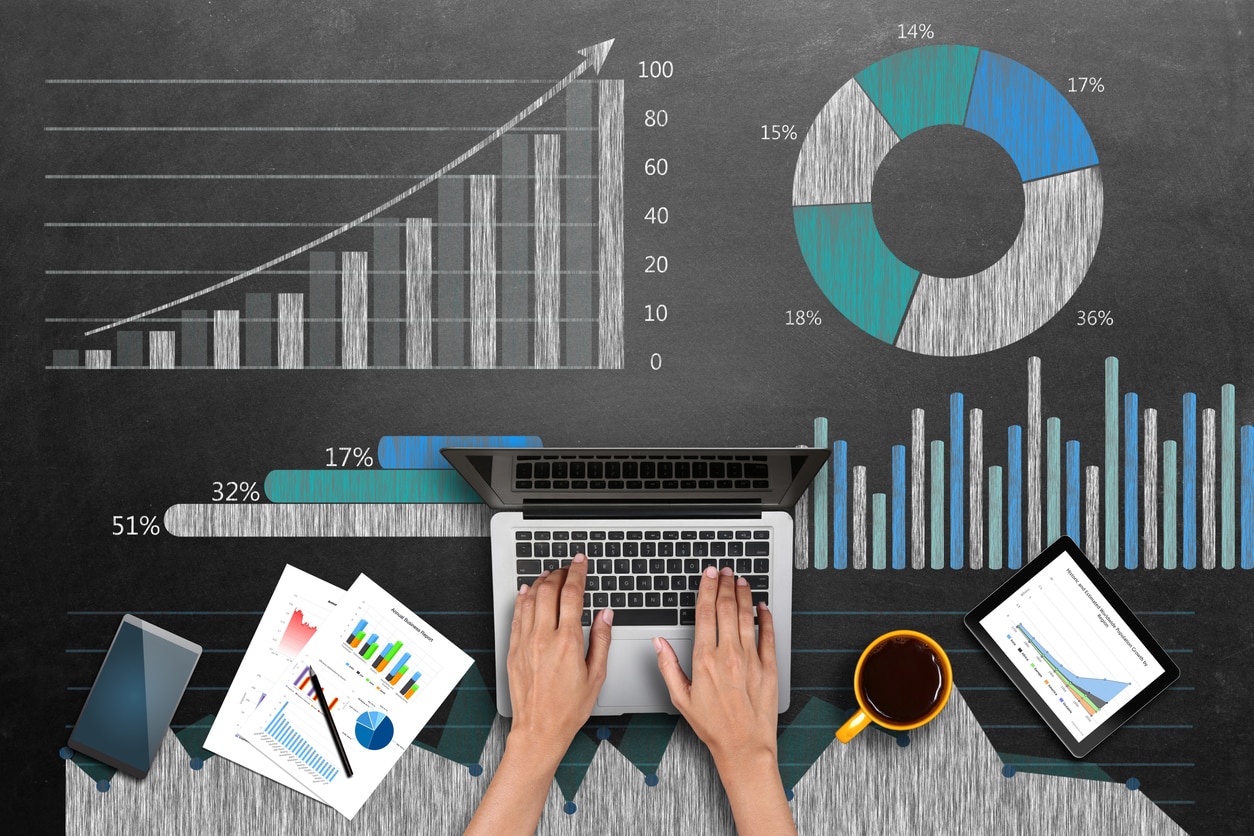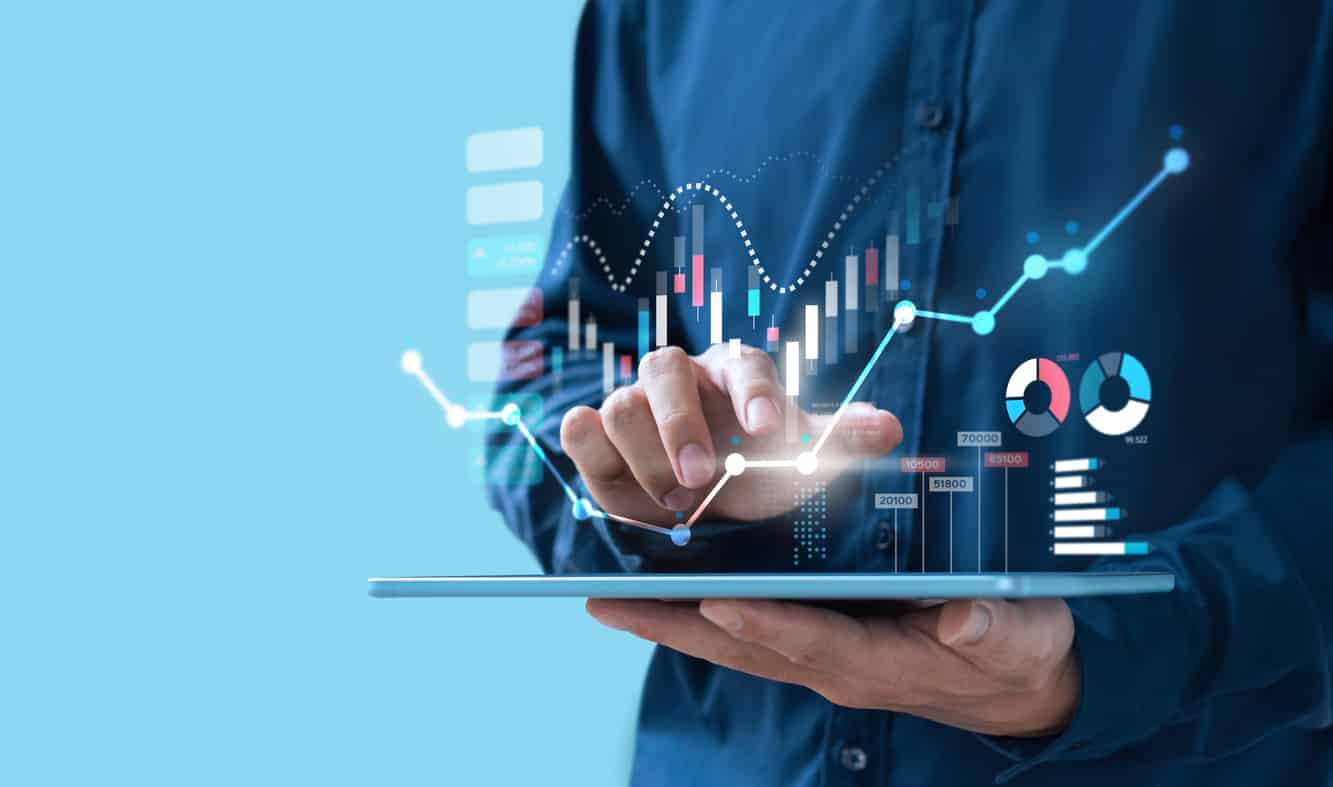Data Visualisation tool is a software that takes data from one specific source and converts it into visual charts, graphs, dashboards, and tables. Everything – from a simple pie graph to complicated interactive choropleths, data visualisation tools can create it all. In this article, we’ll be talking about 4 data visualisation tools.
Business Intelligence tool or a BI tool is a software that is used to gather, process, analyse, and visualise large volumes of data to generate actionable business insights, create interactive reports, and also simplify the decision-making process. These BI tools include features such as data visualisation, interactive dashboarding, visual analytics, and KPI scorecards. In this article, we’ll be talking about 4 BI tools.
They are an important element of data science as they bring together all the data, eliminate the need for manual tasks, are 24×7 at your service, and help in predictive analysis. These features are helpful for all – be it small companies or large enterprises. If you need to control your company data and gather more insights about your company, BI is the best bet. Check out the Data Visualization Courses to further your learning.
Here are the 8 Data Visualisation and BI tools to use in 2024:
1. Tableau
It is one of the most popular data visualisation tools and the data analytics tools inside Tableau have revolutionized the way businesses manage data. Being a free platform, data can be imported from a spreadsheet on it or even entered manually.
The beauty of this data visualisation tool lies in the fact that you can create anything: from a simple chart to interactive visualisations!
Tableau is for anyone who is interested in leveraging the power of data in their business. It helps large corporations in analysing big data, helps students create data analysis reports, and even allows journalists to visualise world events.
2. Visme
It is a data visualization tool that uses a full set of mechanisms that includes a graph maker, chart templates, and a data widget library. All these allow you to create data visualizations of different types. You can add these visualizations to any project you are working on in Visme, be it a report, an infographic, a proposal, or a presentation.
Visme’s graph maker has the power to create bar graphs, pie charts. histograms and many other chart styles. It contains data widgets that are ideal for visualizing arrays, tables, percentages, and more.
Visme is for anyone who needs visual graphics and data visualizations for a variety of purposes. It offers a lot of resources to improve a designer’s eye and make the most out of the tools provided in the editor.
3. Whatagraph
Here is the ultimate data visualization tool that offers visual data analytics for social media, PPC, SEO, and Email campaigns. The great thing about Whatagraph is that its visualizations can also be customised to match your brand with white label templates. You can integrate this tool with different services and create analytics dashboards that look appealing. The visual analytics can be created through different integrations, right from Google Analytics to Twitter.
Whatagraph is the perfect data visualisation tool for digital marketers who need to create visual dashboards. It is also useful for social media managers who want to keep track of all the social platforms they’ve used for their campaigns.
4. DataBox
This data visualization tool has a DIY dashboard creator that can be integrated for many data sources. It also offers a variety of templates to choose from. DataBox is an exclusive tool for creating dashboards and analytics apps for desktops and mobiles. Their tool consists of a main messaging on its website that helps data analysts in predicting performance. Its style of dashboard consists of rich and deep colors, which is a great option for people who like the dark mode on their laptops.
The templates in DataBox are of great use for marketers, such as HubSpot, Google Analytics, and email templates. It is a great tool for business data analysts who want to keep a track of their team’s efforts.
Now, let’s take a look at some BI tools:
5. Datapine
It is a BI tool that lets you connect your data from various sources and analyze it with advanced analytics features. Datapine offers features for both advanced users and average business users. It consists of an intuitive drag and drop interface, easy to use predictive analytics, multiple reporting options, and many interactive dashboard features. This BI tool also gives the user smart insights and raises alarms based on the usage of artificial intelligence.
Datapine is an easy to use BI tool and can be operated easily by everyone who wants to explore all kinds of data sets, identify trends, and set up individual reports.
6. Domo
Domo is a BI tool that comprises multiple systems: starting with connecting the data, and finishing with extending it along with a pre-built and customizable set of apps from the Domo Appstore. It can be used for data lakes, ETL tools, warehouses, alongside R or Python scripts to prepare data for predictive modeling. This BI tool has numerous pre-built cloud connectors, automatically suggested visualizations, Domo Appstore, and Mr Roboto as an AI engine.
Domo is not built for newcomers as the learning curve can be rapid. However, they do offer training, thus, if you are prepared to learn, Domo will guide you through!
7. SAP BusinessObjects
SAP BusinessObjects is a BI suite that is designed for comprehensive reporting, analysis of data, and data visualization. The best part is that it provides Office integrations with Excel and PowerPoint. This allows you to create live presentations and hybrid analytics that connects to their on-premise and cloud SAP systems. In addition, it also gives a cross-enterprise sharing functionality, connection with SAP Warehouse and HANA, and a BI enterprise reporting system.
It ensures that you can leverage the latest BI technologies and a broad array of data sources using flexible and scalable platforms.
8. IBM Cognos Analytics
IBM Cognos Analytics is a BI tool that is part of the Microsoft family. It is a cloud-based BI software that makes proper utilization of AI recommendations when creating dashboards, reports, and geospatial capabilities to overlay company’s data with the physical world. It also enables you to ask questions in simple English to communicate with the software. Its search mechanism enables users to access, discover, and access the recently used content within the software, with the facility of filtering and saving your searches.
It also provides the unique feature of joining multiple data sources into a single data module that allows you to generate and work with insights on their own. Interactive visualizations are combined with embedded geospatial mapping and advanced form of data analytics.
Conclusion and Guidance
Big data is all around us, and with the years passing by, it will become more important. With the use of data visualization and BI tools, you can ensure that your data management remains cohesive, agile, and stable, and of course, with numerous features that the tools mentioned above have to offer. Our focus was on acquainting you with the latest BI and data visualization tools so that each product can give you an inspiration to start exploring this domain.
This is the right time to master these data visualization and BI tools as the market is full of opportunities for people who have the working knowledge of these tools. The 6-month comprehensive Post Graduate Program in Data Science and Business Analytics by Texas McCombs, offered in collaboration with Great Learning, will give you the opportunity to upgrade yourself.
Check out the program brochure here now.









